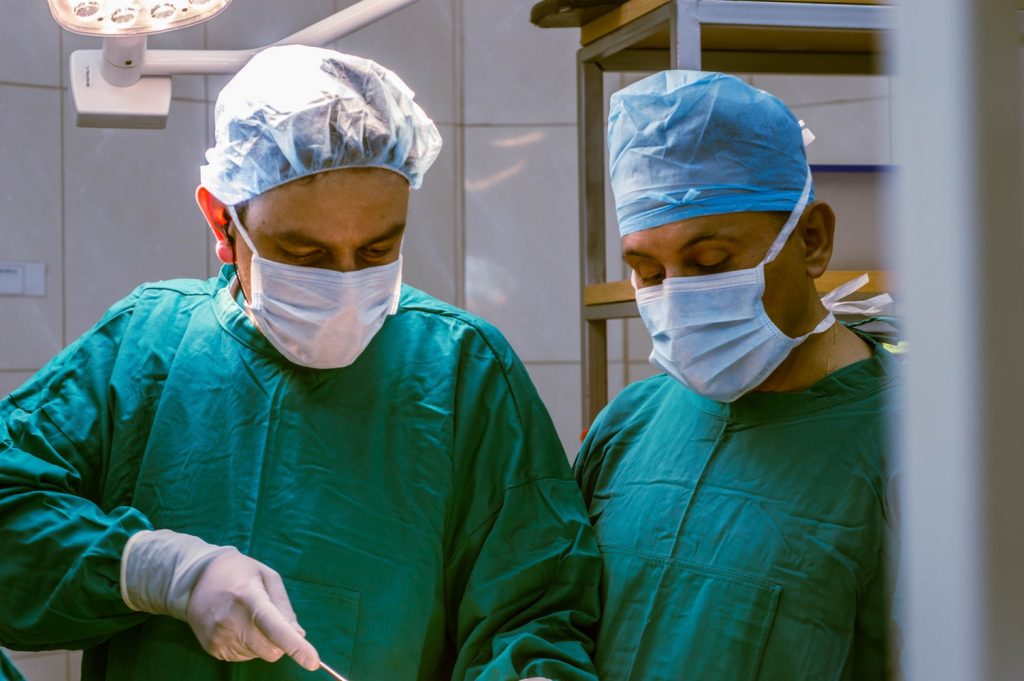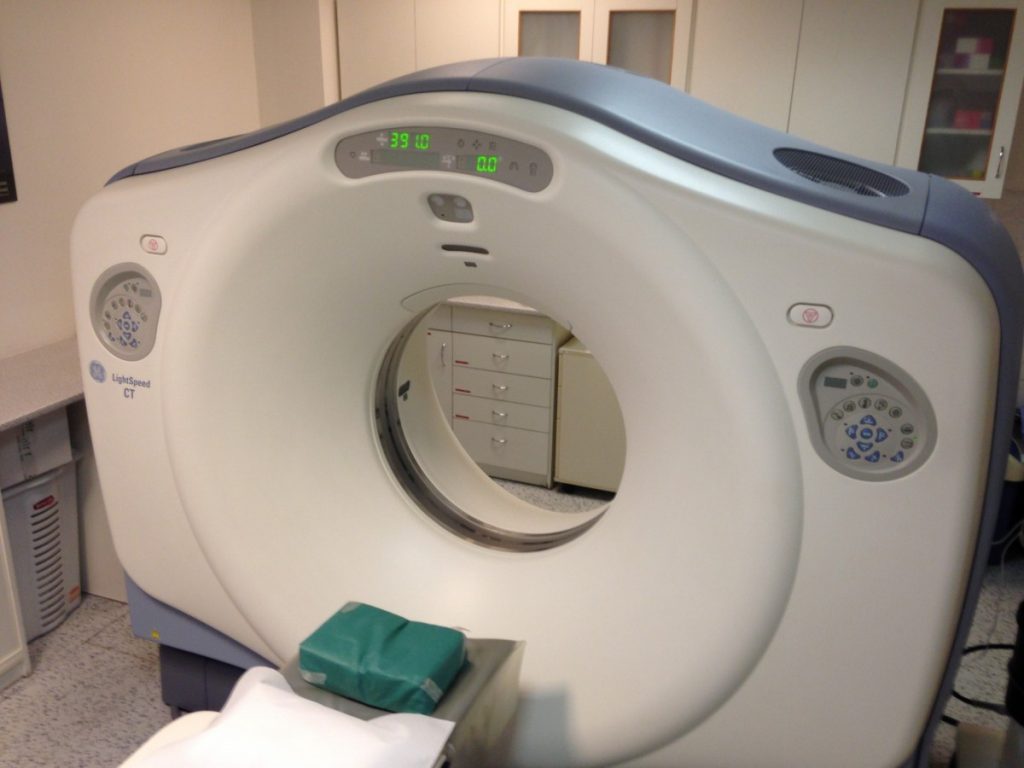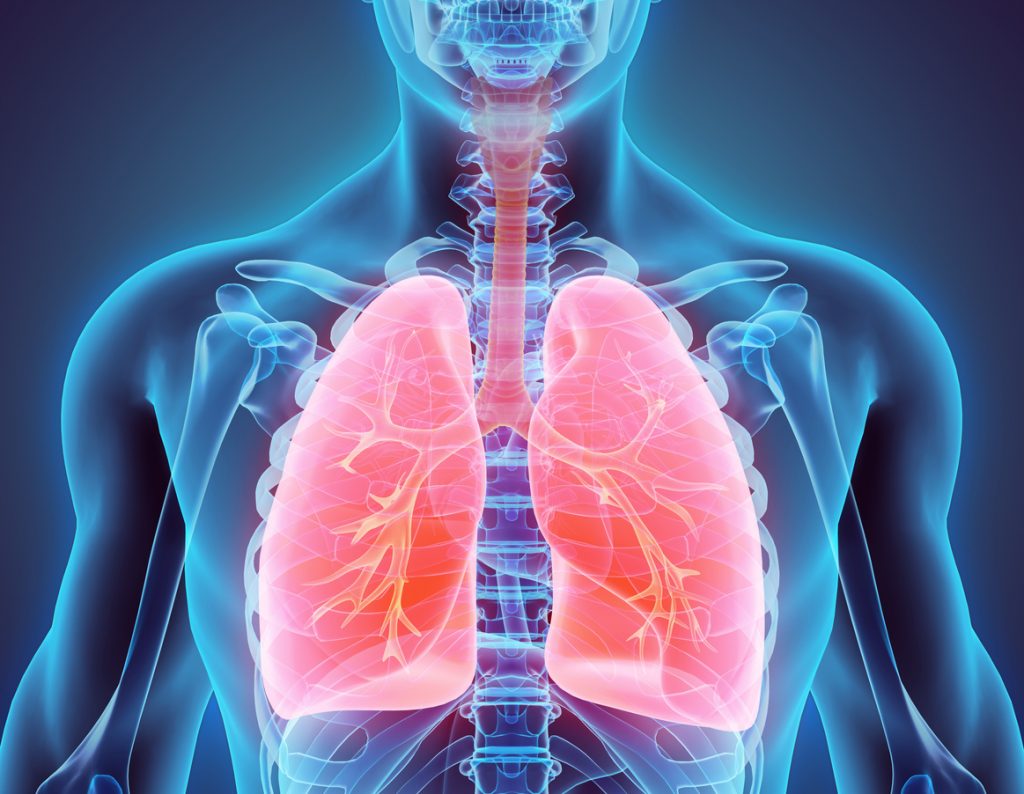Fiberoptic bronchoscopy is a procedure which involves passing a pencil-thin tube into the lung in order to collect fluid and cells from the airways. Fiberoptic bronchoscopy can collect cells from the walls of airways by gently brushing them (bronchial brushing). In addition, squirting small amounts of sterile water in to the airway and gently suctioning it back into the bronchoscope (bronchoalveolar lavage) collects cells.
Official Title
Fiberoptic Bronchoscopy in Patients with Asthma
Conditions
– Asthma
Study Type
Observational
Study Design
Natural History
Further Details
In this study, researchers plan to perform these tests on patients with asthma and normal volunteers. This research may help to improve the understanding of the processes involved in airway inflammation and asthma. This tissue procurement protocol proposes to perform fiberoptic bronchoscopy with bronchoalveolar lavage, bronchial brushings and bronchial wall biopsies to evaluate inflammatory and airway structural cell populations from asthmatic patients. This research will help improve our understanding of the pathogenetic mechanisms underlying the initiation and perpetuation of airway inflammation in asthma.
Study Start
Eligibility & Criteria
Genders Eligible for Study: Both Accepts Healthy VolunteersCriteria INCLUSION CRITERIA:ASTHMATICS:Patients will be between 18 and 65 years of age, male or female.The diagnosis of asthma requires a history of intermittent, reversible expiratory flow limitation.Patients will have either an abnormal methacholine challenge or evidence of ongoing reversible airway obstruction. An abnormal methacholine challenge will be defined as a decrease in FEV(1) of at least 20% following inhalation of less than or equal to 4 mg/ml of methacholine. Ongoing reversible airway obstruction will be defined as an improvement of at least 12% and 200 cc in either the FEV(1) or FVC following bronchodilator treatment.Normal complete blood count, PT, PTT, and serum electrolytes, mineral and hepatic panels.Normal EKG and chest radiograph without acute pulmonary infiltrates.For women of childbearing potential, negative pregnancy test prior to study and willingness to adhere to reliable birth control methods during the study.RESEARCH VOLUNTEERS:Research volunteers will be between 18 and 65 years of age, male or female.A negative inhalational methacholine challenge as defined by the absence of a 20% decrease in FEV(1), following inhalation of 16 mg/ml of methacholine.Normal complete blood count, PT, PTT, and serum electrolytes, mineral and hepatic panels.Negative hepatitis serology.Normal EKG and chest radiograph.For women of childbearing potential, negative pregnancy test within 2 weeks prior to study and willingness to adhere to reliable birth control methods during the study.EXCLUSION CRITERIA:ASTHMATICS:Diagnosis of a pulmonary disorder other than asthma (e.g., chronic bronchitis, cystic fibrosis, bronchiectasis, HIV-related lymphocytic airway inflammation).Respiratory tract infection or asthma exacerbation within 4 weeks of screening.History of adverse reactions to lidocaine or other local anesthetics.Allergy to methacholine.Use of aspirin within 2 weeks of the bronchoscopic study or non-steroidal anti-inflammatory agents within 2 days of the bronchoscopic study.History of cigarette smoking within the past 3 years.History of drug or alcohol abuse.Positive test for human immunodeficiency virus (to exclude patients with HIV-related lymphocytic airway inflammation).Severe asthma as defined by the need for maintenance oral corticosteroid therapy or a FEV(1) less than 60 percent of predicted.Active bronchospasm on physical examination.History of lidocaine allergy.History of prior cardiac disease.RESEARCH VOLUNTEERS:Same as the asthmatic exclusion criteria plus a history of asthma.
Total Enrolment
9999
Contact Details
[1] National Heart, Lung, and Blood Institute (NHLBI)
All content and media on the HealthEngine Blog is created and published online for informational purposes only. It is not intended to be a substitute for professional medical advice and should not be relied on as health or personal advice. Always seek the guidance of your doctor or other qualified health professional with any questions you may have regarding your health or a medical condition. Never disregard the advice of a medical professional, or delay in seeking it because of something you have read on this Website. If you think you may have a medical emergency, call your doctor, go to the nearest hospital emergency department, or call the emergency services immediately.







